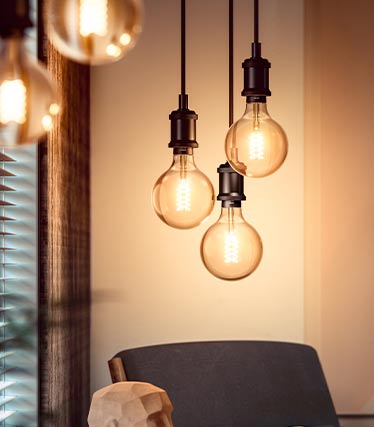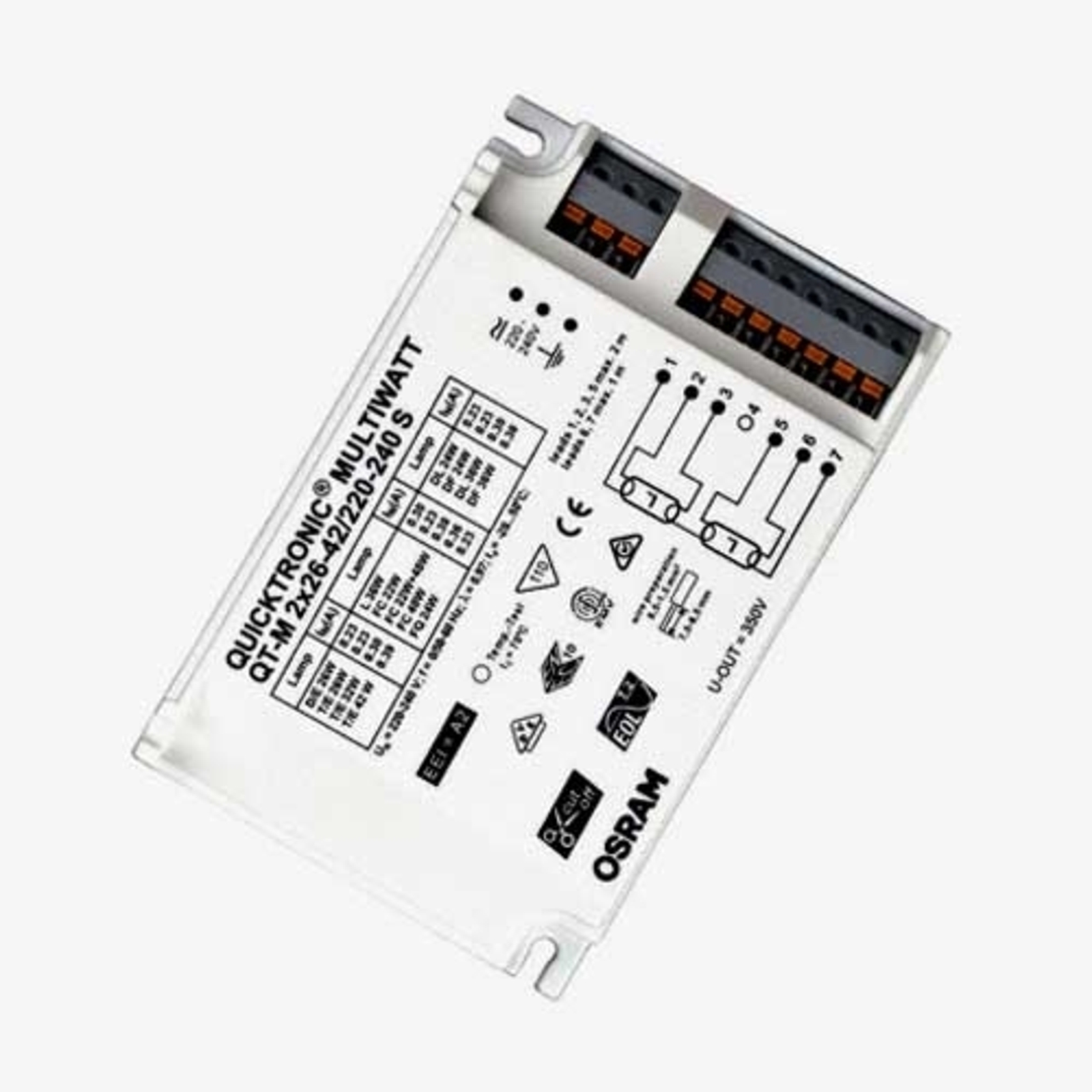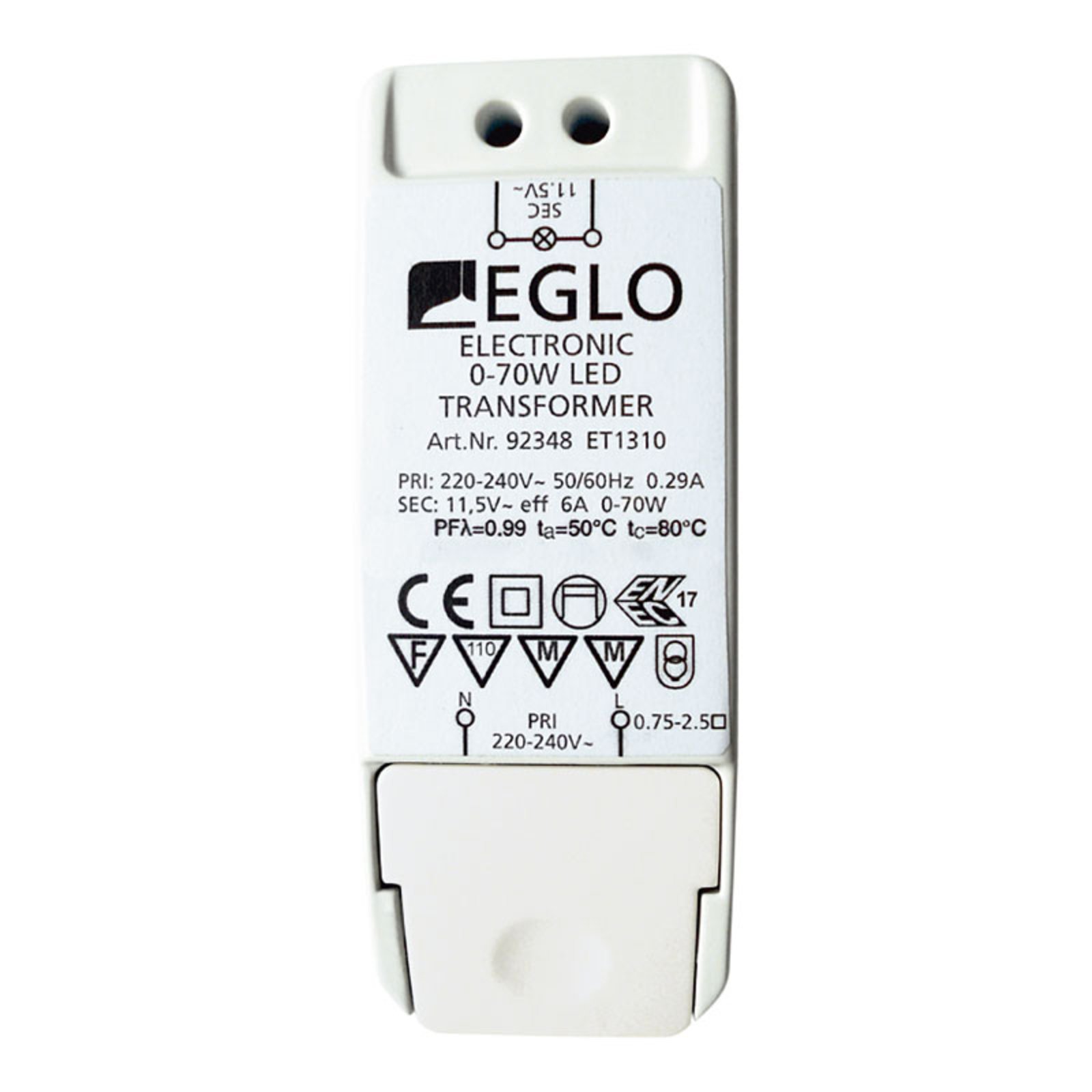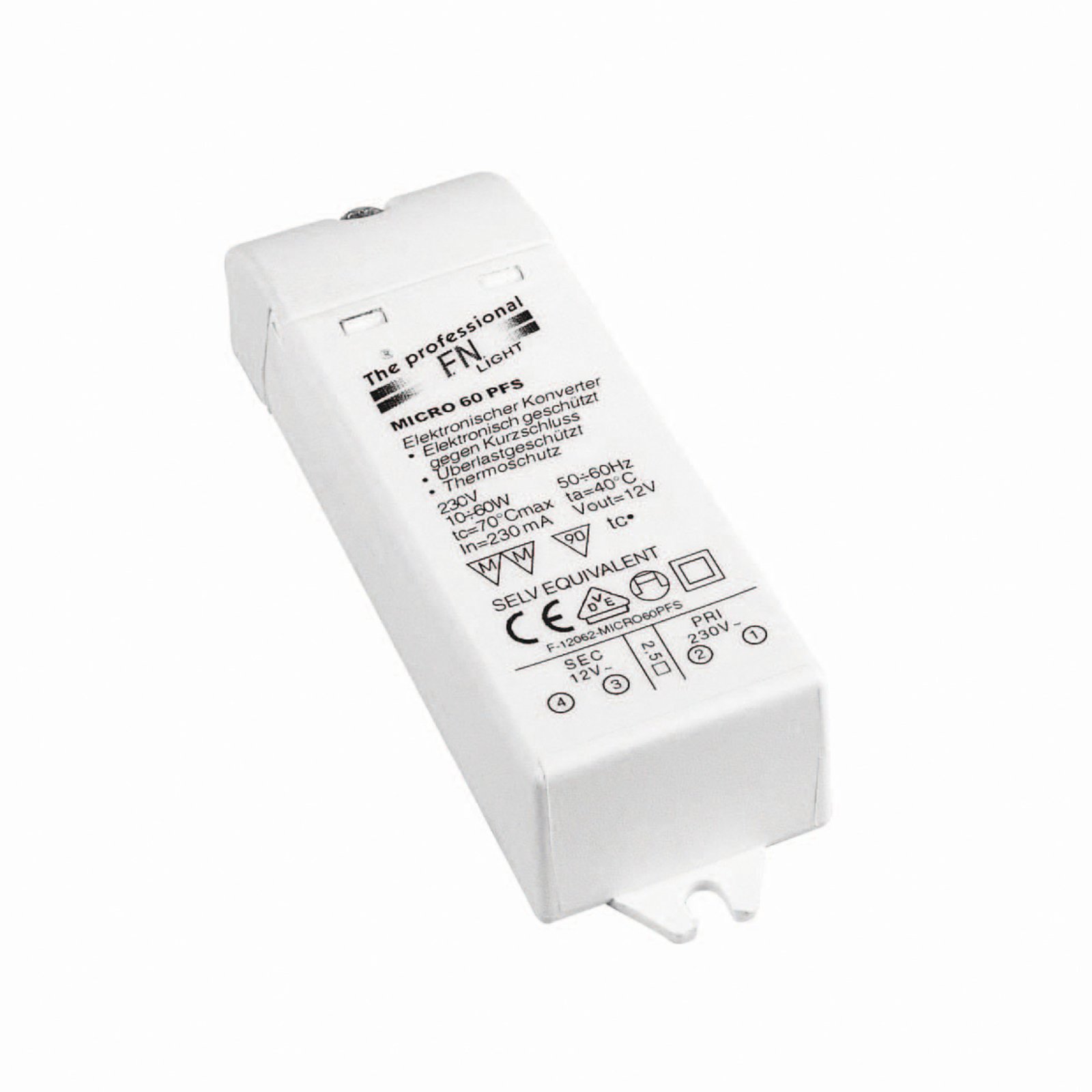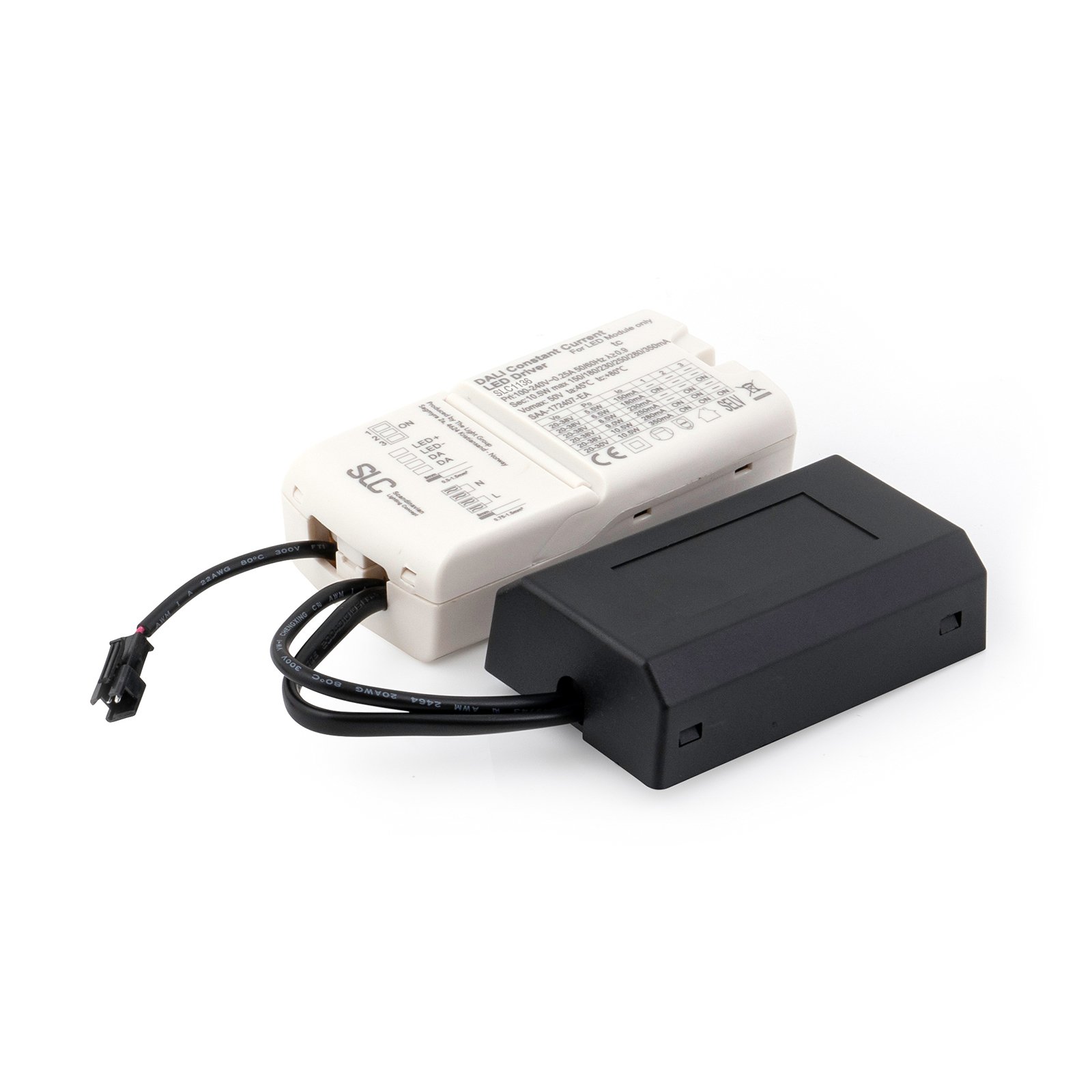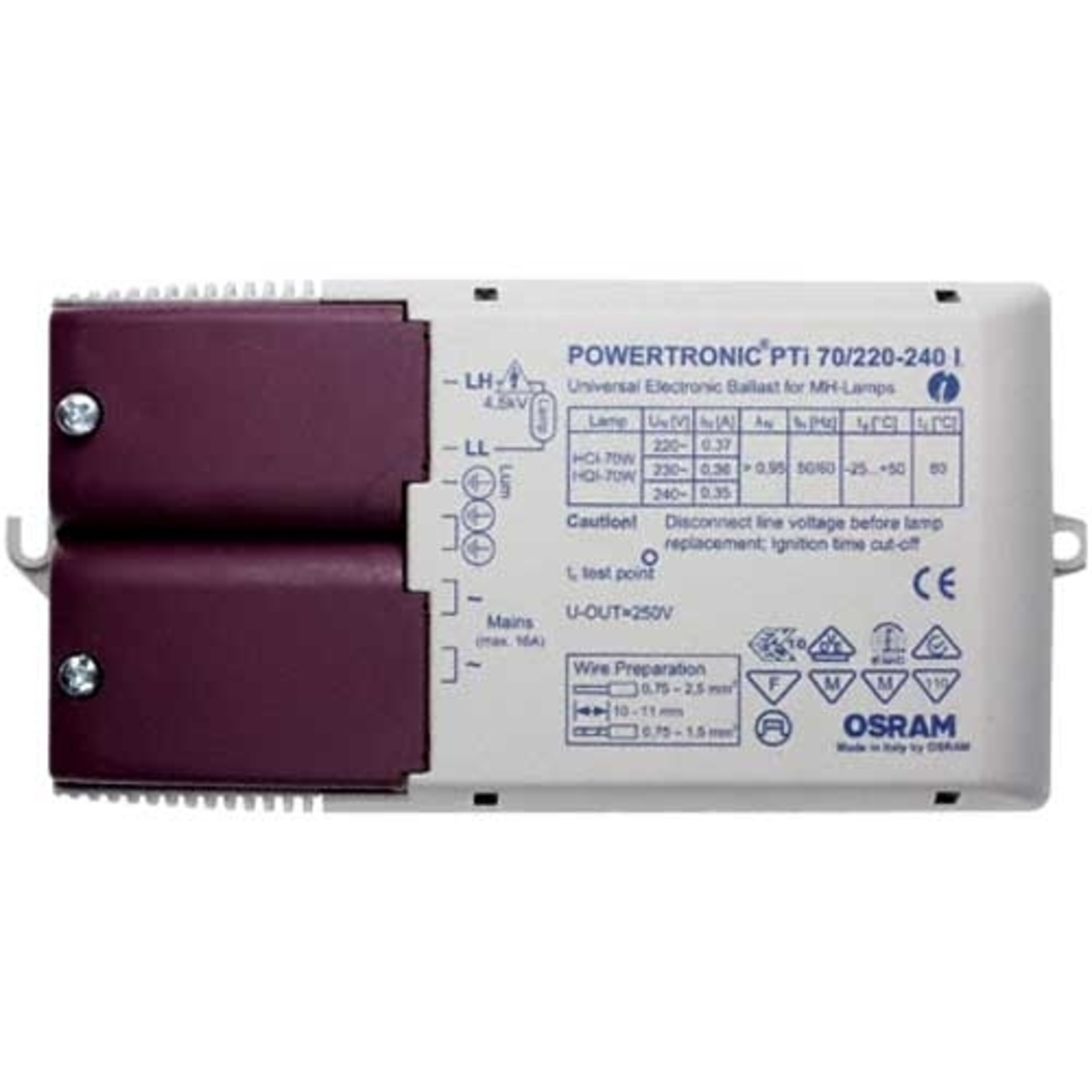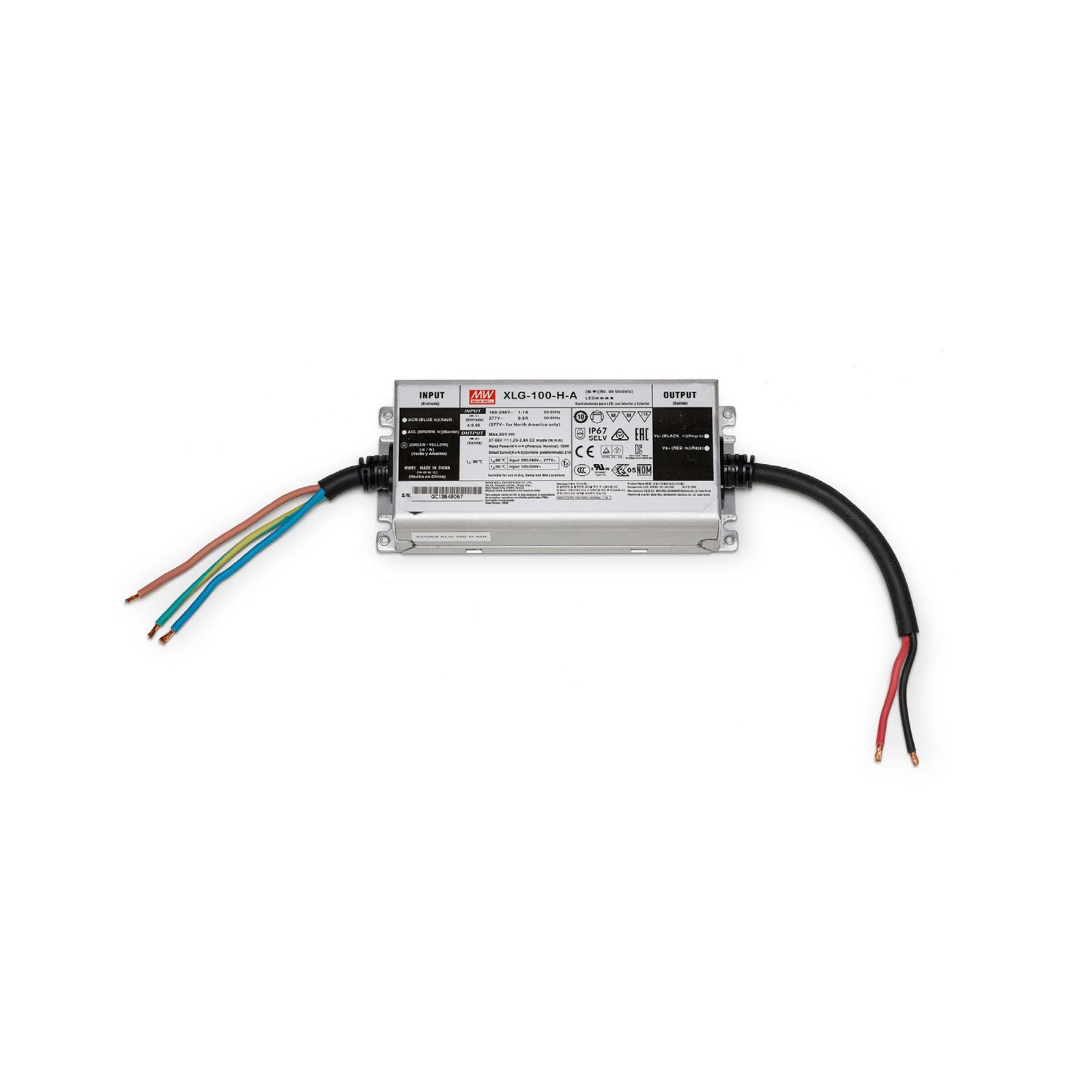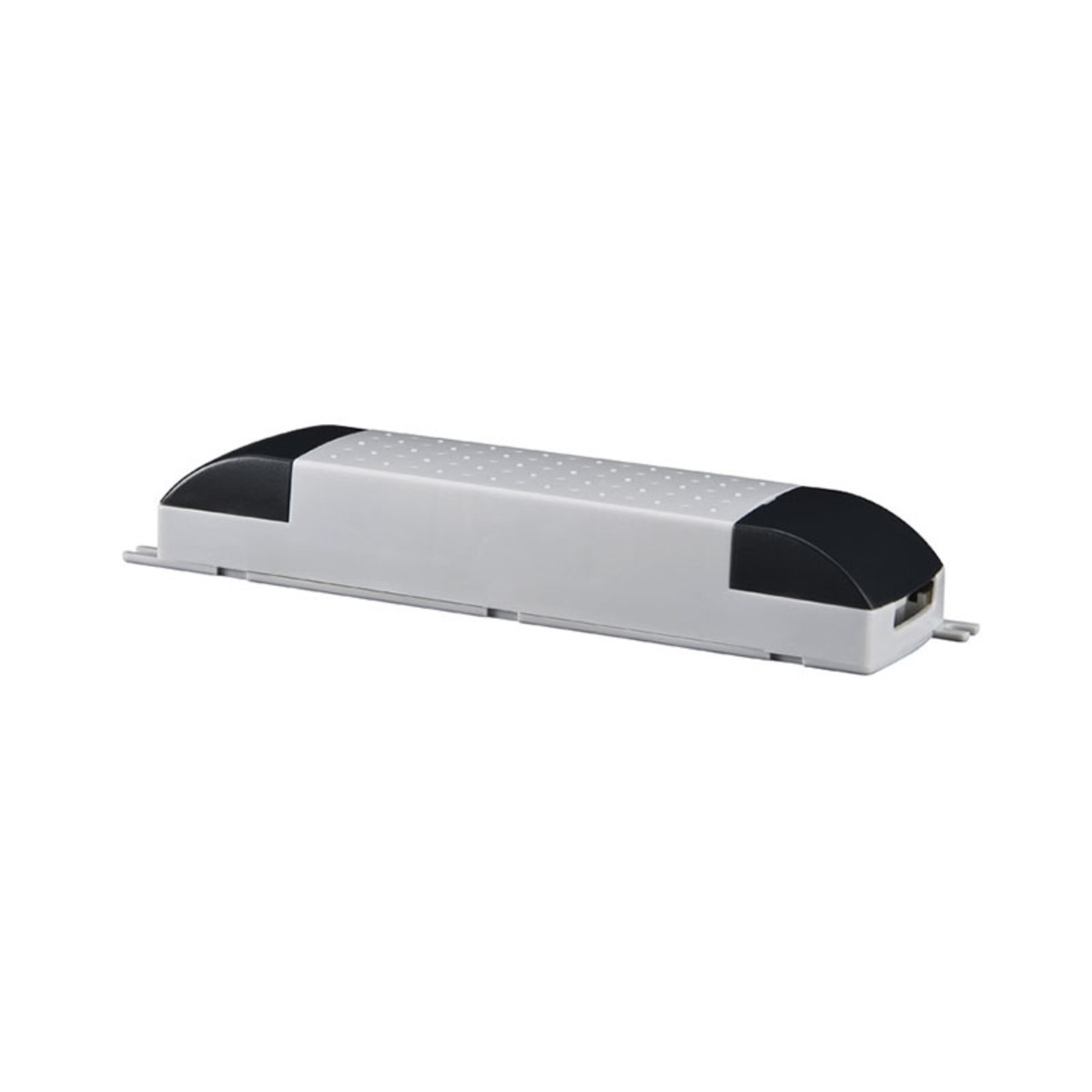- 50 days free returns
- Rated “Great” on Trustpilot
- Europe's largest selection of brands
Extra 11% off over €119 & 14% off over €179
Ballasts - essential for the operation of discharge lamps
Ballasts are required in lighting technology for the operation of fluorescent lamps, compact fluorescent lamps (e.g. energy-saving lamps) and discharge lamps. A ballast is a current-limiting device that controls the inrush current, which is higher than the operating current. Ballasts are operating devices that are essential for discharge lamps and fluorescent lamps. In principle, each ballast is fixed to a specific wattage, but there are also universal devices that are designed for different wattages. However, the purpose of the ballasts is not only to limit the current and regulate the lamp current, but also to ignite and thus start the lamp. Ballasts therefore also have the ignition and starting device required for some lamps.
Ballast - integrated or separate?
Whether the ballast is already integrated in lamps and luminaires or whether it has to be installed separately depends on the particular lamp or luminaire. Fluorescent lamps, for example, always contain a ballast. The ballast is usually not integrated in luminaires that are operated with compact fluorescent lamps, but it is usually supplied. While the ballast for energy-saving lamps is always built into the base, the ballast for luminaires with discharge lamps is sometimes built into the luminaire and sometimes not.
Different types: KVG, VVG, EVG
Ballasts are available in three different designs. The conventional ballast (CCG) is an electromagnetic device based on mechanical processes. As CCGs were not energy-efficient enough, they were banned a few years ago. The low-loss ballasts (LVGs) were the further development of the CCGs. However, they did not become very important because some of them were larger and heavier, even though they were more energy-efficient. The ballast commonly used today is the electronic version (ECG), which is not only smaller and lighter, but also consumes less power, enables flicker-free light and helps the lamp to be more efficient. ECGs also ensure that defective lamps are switched off automatically and offer the option of dimming the lamp.
The strike-through prices correspond to the manufacturer's RRP.
Included in the price of LED lights/bulbs is a contribution to recycling costs of €0.05. Included in the price of CFLs/fluorescent bulbs is a contribution to recycling costs of €0.15.
All prices include 23% VAT, delivery costs excluded.

















































